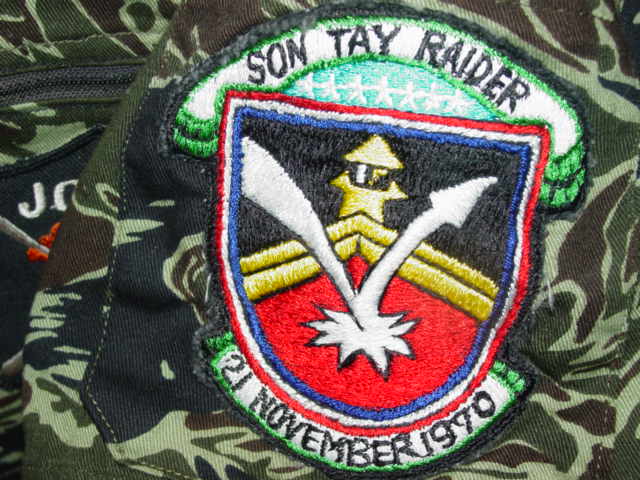
Sontay Raider Tiger Stripe Uniform - Vietnam War -
On November 21, 1970, U.S. Army Colonel Arthur D. “Bull” Simons and Lieutenant Colonel Elliot "Bud" Sydnor led a
team of 56 U.S. Army Special Forces soldiers in a joint Air Force/Army raid on the Son Tay prison camp
(located 23 miles west of Hanoi) in North Vietnam. The objective of the operation was to recover approximately
70 American prisoners of war thought to be held at the camp. The mission was a tactical success but the prisoners had been moved to another camp.
As a result of the raid, the North Vietnamese consolidated their POW camps to a few more easily defended central prison complexes, such as the infamous “Hanoi Hilton.” During the course of the Vietnam War
there were numerous attempts by U.S. Special Forces teams to rescue POWs but only one succeeded, and
fifteen days after his recovery the rescued POW died from wounds inflicted by his captors during the
rescue attempt.
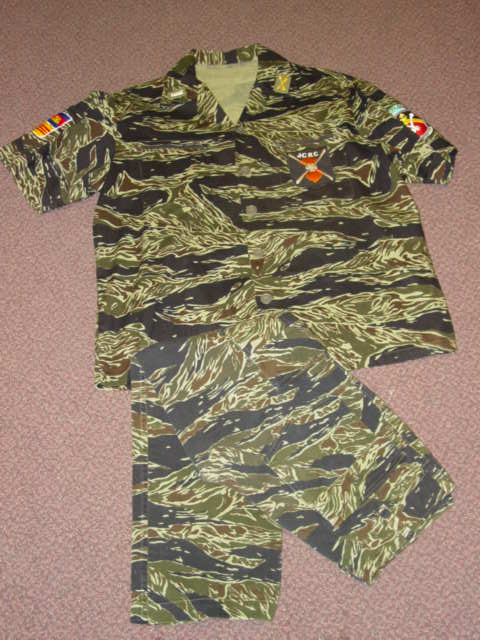
|
This page is a recognition and identification guide for special forces militaria
Multiple detailed photos of a specific sample are provided. Descriptions point
out clearly defined areas that should be noted.
One of the most commonly asked questions is "How much is my item worth?".
A price guide is included here to address this question. The value of the items is
reviewed over a period of several years. A trend can be observed. The present worth
of the American special forces militaria in the collector's market is illustrated.
This service is provided free of charge to the visitor/enthusiast courtesy of
MilitaryItems.com,
a company dedicated to the preservation of military history and to providing quality
military antiques and collectibles to museums, institutions and the general public.
|
|
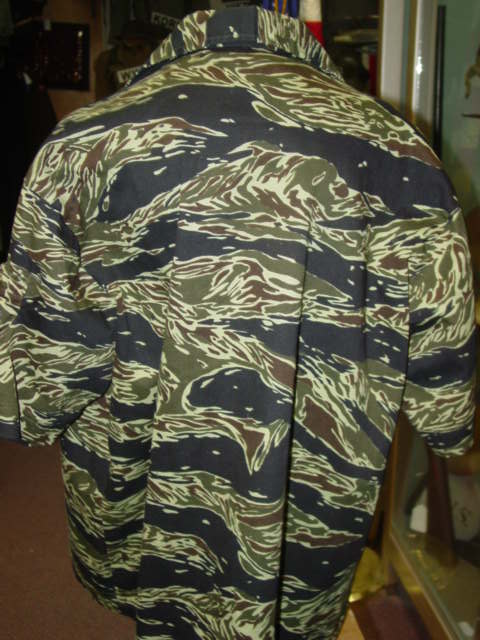
The raid on Son Tay was a three-phase operation that included Operation Ivory Coast.
Phase I
The concept of a rescue mission inside North Vietnam began in May 1970 with the identification of several small
POW compounds including Son Tay. General Earle G. Wheeler, then Chairman of the Joint Chiefs of Staff, on
June 10, 1970 authorized a 15-member planning group under the codename "Polar Circle" to study the feasibility
of a raid, one of whom would fly one of the rescue helicopters on the raid.
Phase II
Operation Ivory Coast, began August 8, 1970, when Admiral Thomas H. Moorer, the new Joint Chief of Staff Chairman,
designated Air Force Brigadier General LeRoy J. Manor as commander and Colonel Simons as deputy commander of the
mission task force. “Ivory Coast” was the organization, planning, training, and deployment phase of the operation.
General Manor set up a training facility at Eglin Air Force Base, Florida and brought together a 27 man planning
staff. Colonel Simons recruited 103 volunteers from Special Forces personnel of the 6th and 7th Special Forces
Groups at Fort Bragg, North Carolina and moved them to Eglin. The task force operated under the ambiguous title
of the “Joint Contingency Task Group” (JCTG).
Phase III
On November 18, upon presidential approval of the mission, Operation Kingpin,
began. 56 of the Special Forces troopers were selected to conduct the raid and were flown by C-130 to their
helicopter staging base at Udon Royal Thai Air Force Base. The Special Forces were organized into three groups:
- A 14-man assault group, codenamed Blueboy, which would crash-land within the prison compound;
- A 22-man command group, Greenleaf, which would blow a hole in the prison wall and provide immediate support
for the assault group
- A 20-man support group, Redwine, to provide backup support for the other two groups, including security of
the prison area from NVA reaction forces.
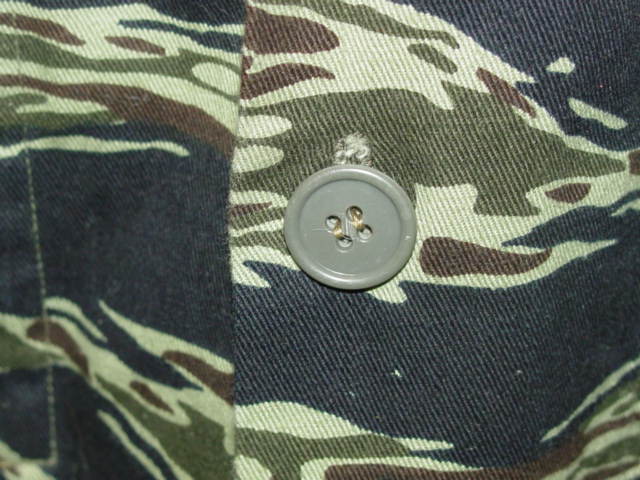
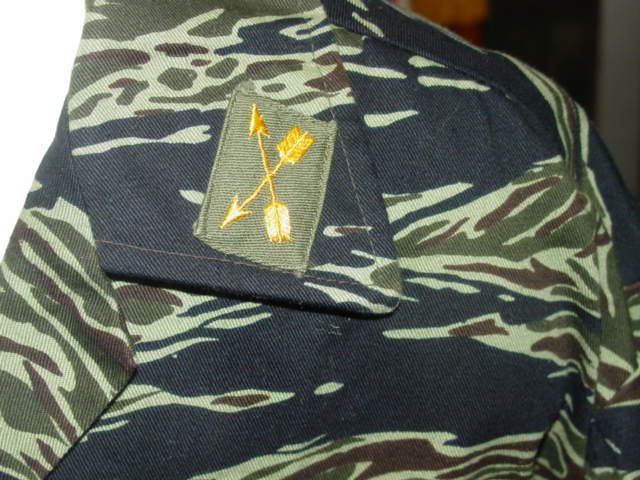
The 56 raiders would each carry a rescue radio and be heavily armed: 51 personal sidearms, 48 CAR-15 carbines,
2 M16 rifles, 4 M79 grenade launchers, 2 shotguns, and 4 M60 machine guns. They carried 15 Claymore mines, 11
demolition charges, and 213 hand grenades, and were equipped with a plethora of wire cutters, bolt cutters, axes,
chain saws, crowbars, ropes, bullhorns, and other equipment to execute the mission.
105 aircraft (59 Navy and 46 Air Force) participated in the operation, with 29 aircraft crewed by 92 airmen
assigned direct roles in the objective area. Except for the Navy aircrew and the Air Force crews of the SAM
suppression and MiG CAP flights, all of the Special Operations aircrew assigned were flown to Thailand from
Florida with the Special Forces troops.
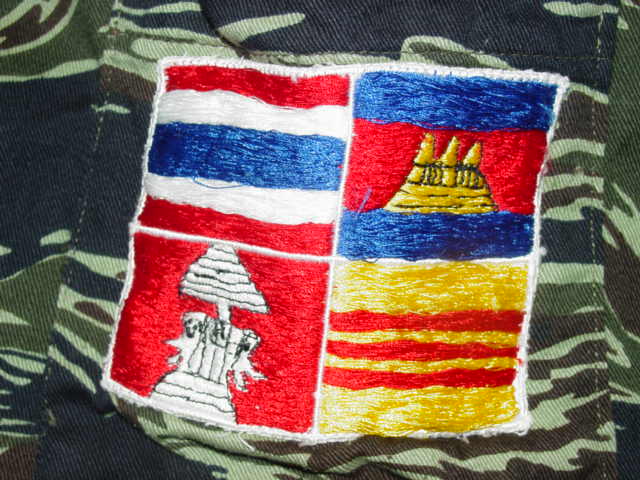
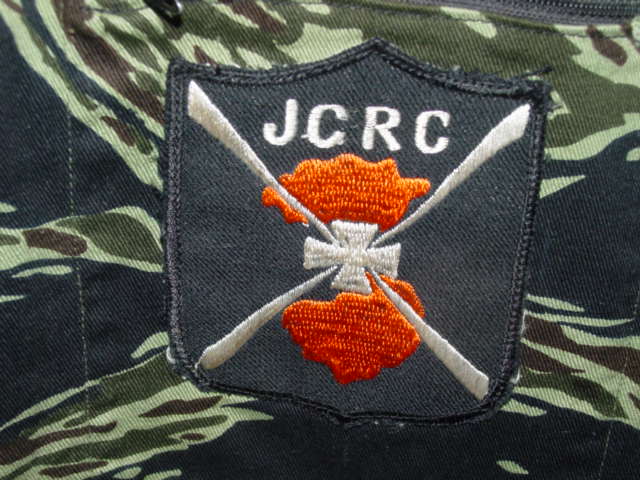
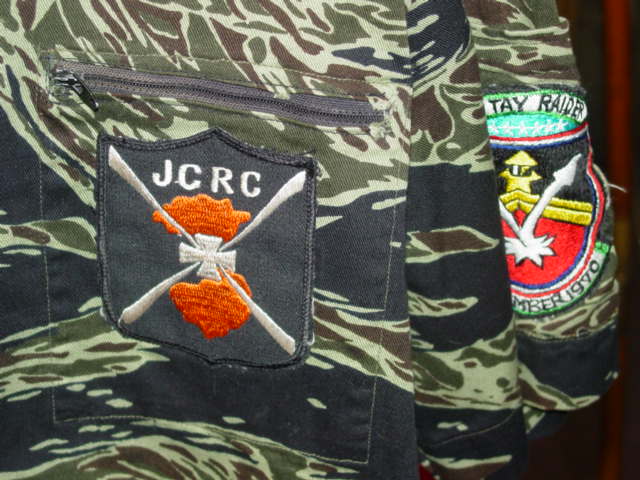
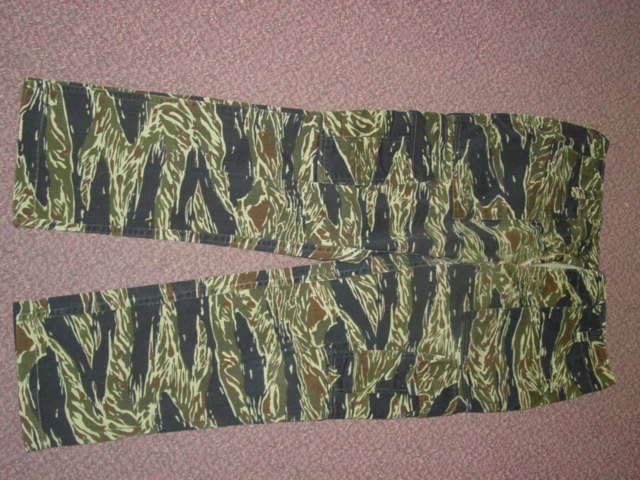
At 23:25 of November 20, the helicopters launched from their Thai base. Shortly after midnight the A-1 Sandies
and Combat Talons lifted off from Nakhon Phanom Royal Thai Air Force Base. As the force approached from the west,
Navy aircraft launched at 01:23 from the carriers USS Oriskany, Ranger, and Hancock and approached the North
Vietnamese coast from the east, setting off a frantic air defense reaction at 0217 and providing a highly
effective diversion for the raiders.
At least 18 SAMs were fired at the raiding force. One F-105 experienced a near-miss but returned to base, but
another was severely damaged. Its crew was forced to eject over Laos but were rescued by the other two HH-53s of
the task force.
The teams were inserted into the camps.
After a thorough search Meadows found that the prison held no POWs and radioed “Negative Packages” to the
command group. At 02:36 the first helicopter extraction was made, followed by the second at 02:45. The raiding
force had been on the ground only 27 minutes. Though at first it was feared one raider had been left behind, all
the troopers were accounted for. One had been wounded in the leg and was the only casualty to enemy action on the
raid. By 03:15 the force was out of North Vietnam, and landed back at Udon at 04:28, five hours after launch.
For their actions, members of the task force received 6 Distinguished Service Crosses, 5 Air Force Crosses,
and 85 Silver Stars, including all 50 members of the ground force who did not receive the DSC. The successful
demonstration of capability in Operations Ivory Coast and Kingpin was in part responsible for the creation of a
joint United States Special Operations Command in 1987.
This Vietnam War US military collectible may be currently
reproduced.
It is becoming more difficult to be able to tell the fake ones from the real ones because
the quality of the reproductions is improving. The collector must become familiarized with
the construction style and materials employed in the manufacturing of this item.
Attention to the details is critical in order to be able to determine the authenticity of
the collectible.
If you have an interest is seeing other vietnam war Special Forces collectibles, you can do so by
going to our
Vietnam War Special Forces Collectibles Price Guide.
Where we cover items from the Army, Navy, Army Air Force and other organizations.
|





